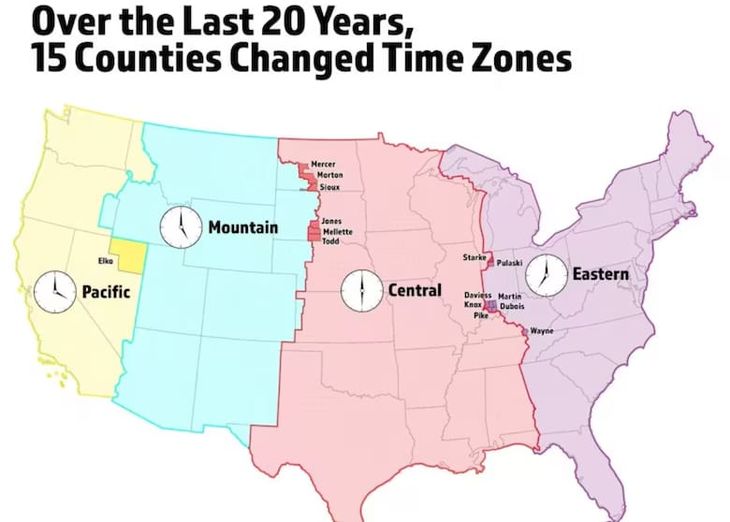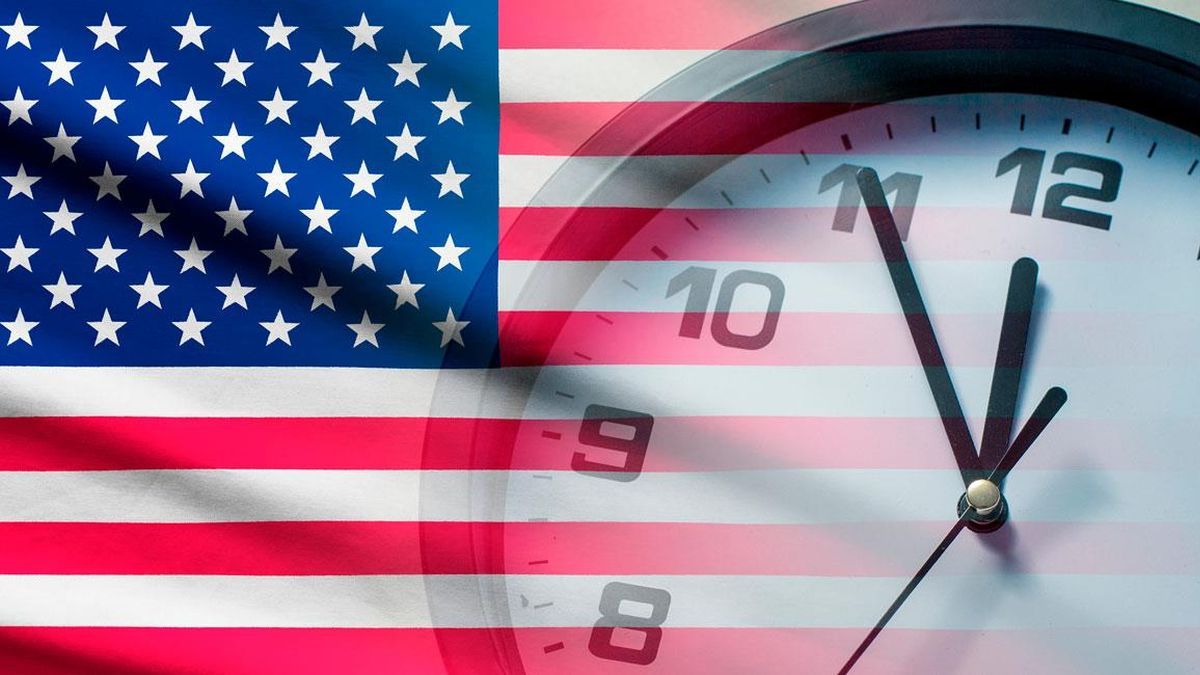This modification, which will remain until November 2, aims to take better advantage of daylight, although not all adopt this measure.
He Summer schedule in the United States began today March 9, when the needles marked 2 in the morning. This change, which It will remain until November 2aims to take better advantage of daylight, although not all states adopt this measure.
The content you want to access is exclusive to subscribers.
The transition was carried out at 2 in four time zones: This, Central, Mountain and Pacific, with some states such as Maine, Florida, Texas and California joining change.


However, there are important exceptions. Arizonafor example, does not apply summer schedule, with the exception of the Navajo nation. Besides, Hawaii, Puerto Rico, Samoa American and other territories also do not adopt this modification, since their geographical conditions do not generate significant benefits of energy savings.
El-Cambio-de-Horario-Affecta-A-Gran-Part-De-YPPWJ2MB2RHJROPU7MRYIFPJQQ.JPG

The transition was carried out at 2 in four time zones: this, central, mountain and Pacific, with some states such as Maine, Florida, Texas and California joining change.
Arizona It does not participate since 1968 due to its extremely hot weather, while Hawaiidue to its proximity to Ecuador, it does not experience large variations in sunlight during the year. According to the uniform schedule law, states may choose not to apply the summer schedule, provided they decide at the state level, but cannot remain in the summer schedule permanently.
This time adjustment is managed by the US Department of Transportationwhich regulates the time zones and decisions about their implementation at the federal level.
The time change in the US is done at 2 in the morning in the following time areas:
-
East (ET): The watches are ahead at 3 am. It affects states like New York, New Jersey, Florida, Ohio, Michigan, among others.
-
Central zone (CT): The watches are ahead at 3 am an hour later. It affects states such as Texas, Illinois, Wisconsin, Arkansas, and more.
-
Mountain zone (MT): At 2, the clocks are ahead of an hour. It affects states such as Montana, Colorado, Utah, New Mexico, and Arizona (except the Navajo nation).
-
Pacific zone (PT): The watches are ahead at 3 hours. It affects states such as California, Nevada, Washington, and Oregon.
Source: Ambito




